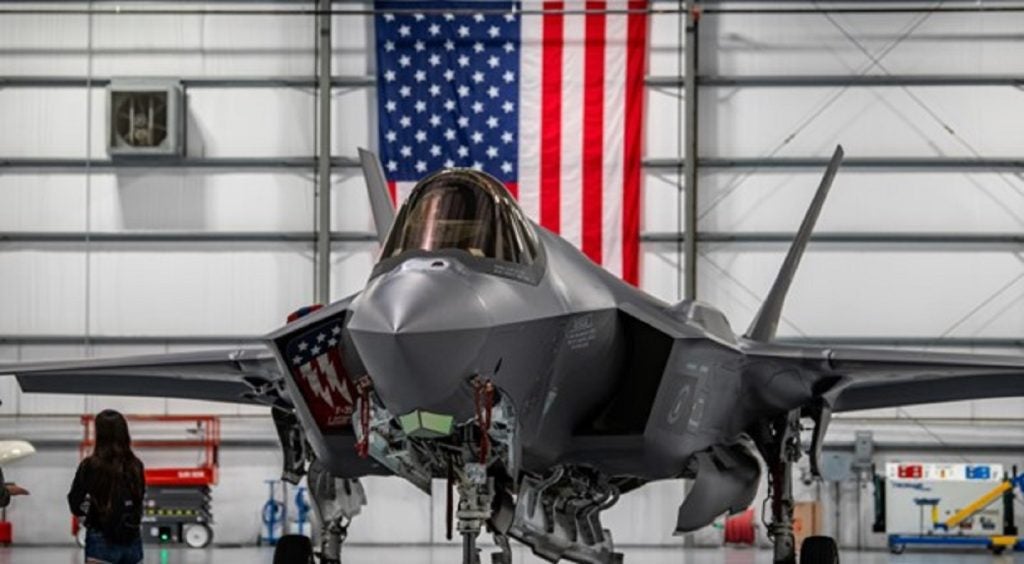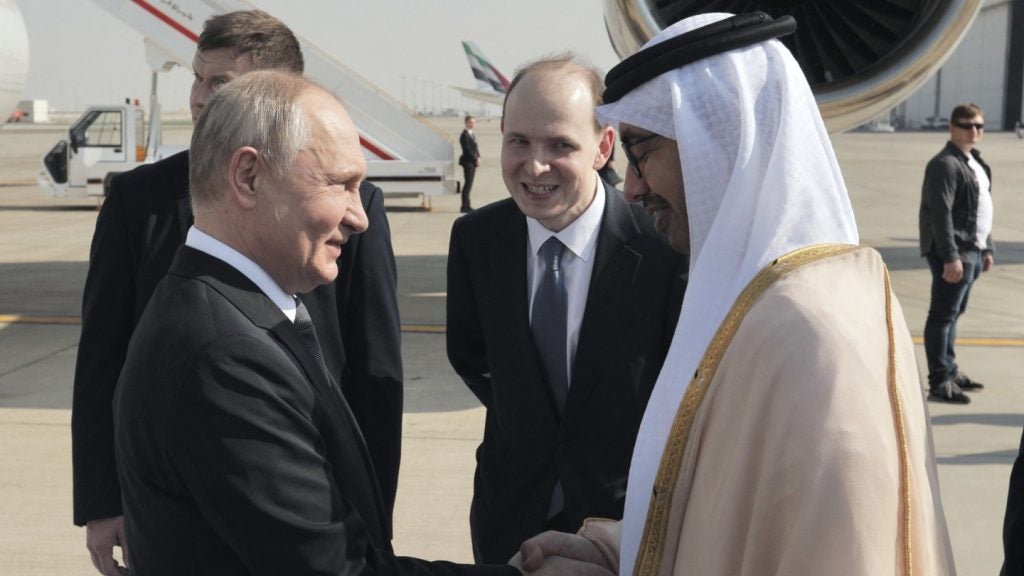In its fifth year of the Block 4 modernisation programme for the world’s most advanced platform, the US Department of Defense (DoD) is facing major delays and cost growth as it tries to ensure the systems used in the F-35 Lightning II multi-role aircraft are fully functional.
Originally due to be completed in 2026 and determined to cost $10.6bn, the Block 4 programme has risen to $16.5bn and is now estimated to conclude in 2029, the US Government Accountability Office (GAO) reiterated, already having voiced concern in May 2023.
Ultimately, Block 4 addresses new threats to the aircraft since the DoD’s original requirements more than two decades ago. These Block 4 capabilities require more power and cooling than anticipated, which has prompted the DoD to modernise the overworked F135 engine.
As a result of new demands in a different technological era, the DoD has added extra capabilities nearly every year since Block 4 began – leading to the aircraft’s capabilities growing from 66 to 80.
Fundamentally, the problem with the modernisation programme is that the DoD has not been able to distinguish its higher-than-expected costs, leaving the US Congress with no clear picture of why demands and costs have spiked.
DoD Block 4 management failure
F-35s are a family of strike fighter aircraft that integrate stealth technology with advanced sensors and networking capabilities.
The US Government plans to acquire 2,470 F-35s to replace several other aircraft used by the Air Force, Navy and Marine Corps. As of December 2023, the programme has delivered 900 aircraft to the armed forces and foreign military sales customers.
Now due to the government’s mismanagement – largely due to the Department’s inability to implement methods of monitoring the inflating programme – the fleet are far less survivable than anticipated. In that sense, there is no use investing in such a highly sophisticated concept when the platform cannot keep up to operate its next-generation systems.











